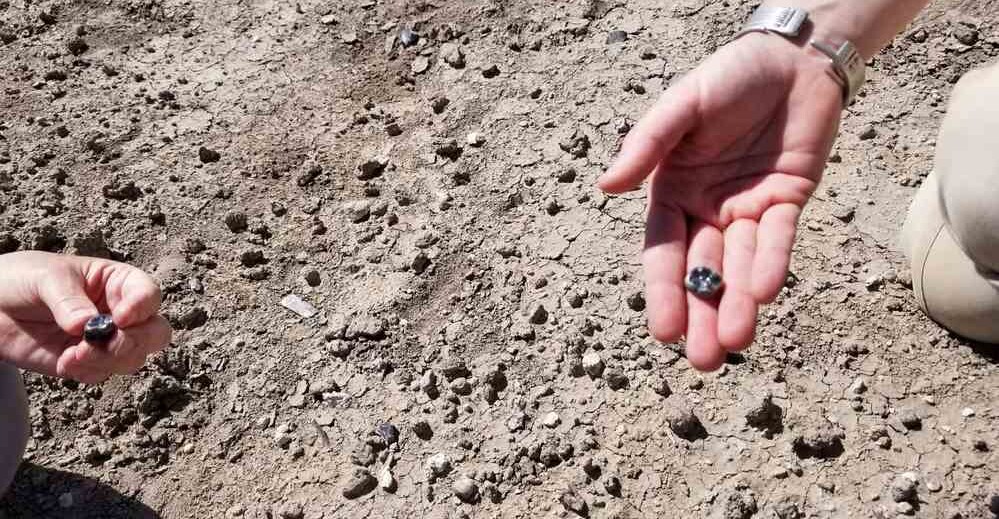
From Ethiopia comes an incredible discovery—early humans seem to have potentially lived alongside the very apes they evolved from.
The discovery centers around teeth: that of a member of the genus Homo, of which we are a part, found next to the tooth of Australopithecus, the last in a line of apes that became humans.

The team of paleontologists who found the teeth are following protocol and not inferring anything about how the two species interacted, but the fact is that the Homo tooth was the older of the two, showing that human evolution wasn’t linear.
“This new research shows that the image many of us have in our minds of an ape to a Neanderthal to a modern human is not correct—evolution doesn’t work like that,” Kaye Reed, a research scientist and president’s professor emerita from Arizona State University, told CNN via email. “Here we have two hominin species that are together. And human evolution is not linear, it’s a bushy tree…”
Reed has been working in the Afar region of Ethiopia since 2002. 10 of the teeth were found between 2018 and 2020 and belonged to Australopithecus, while 3 previously found in 2015 belonged to an early Homo species.
Afar is where the famous remains of “Lucy” were found. Belonging to Australopithecus afarensis, she was about 3.3 feet tall, had an ape-like face, but walked upright 3.2 million years ago.
The teeth found by Reed and colleagues came from a later period, and do not correspond to A. afarensis or that of another related species A. aghai. Either there’s something scientists don’t know about these two species, or it’s a third, entirely different species, but the team isn’t claiming either for certain.
In either case, the oldest Homo teeth were hundreds of thousands of years older than the Australopithecus teeth, showing how as many as four Hominid lineages may have coexisted in East Africa at the same time.
“Once we found Homo, I thought that was all we would find, and then one day on survey, we found the Australopithecus teeth,” Reed said, again to CNN. “What is most important, is that it shows again, that human evolution is not linear. There were species that went extinct; some were better adapted than others, and others interbred with us — we know this for Neanderthals for sure.”
MORE HOMO SAPIENS HISTORY: Early Man Was Building Lincoln Log-like Structures 500,000 Years Ago, New Preserved Wood Shows
How would our ancestors have treated our even earlier ancestors? Did they compete for food? Paleoecology studies show that the Afar region was a relatively wetter area than it is today, suggesting at least intuitively a greater abundance of food. Would we have interbred with our ape cousins, or treated them as hostile competition? How did they treat us?
Reed has been researching our earliest histories in the Afar region since 2002, and hopefully another 20 years may resolve these fascinating questions.
SHARE This Incredible Discovery From Our Early Past With Your Friends…


:max_bytes(150000):strip_icc():focal(749x0:751x2)/Bella-Hadid-victoria-secret-fashion-show-2025-101525-2-b918645f6c6a4dba9859ab021b3ea501.jpg)